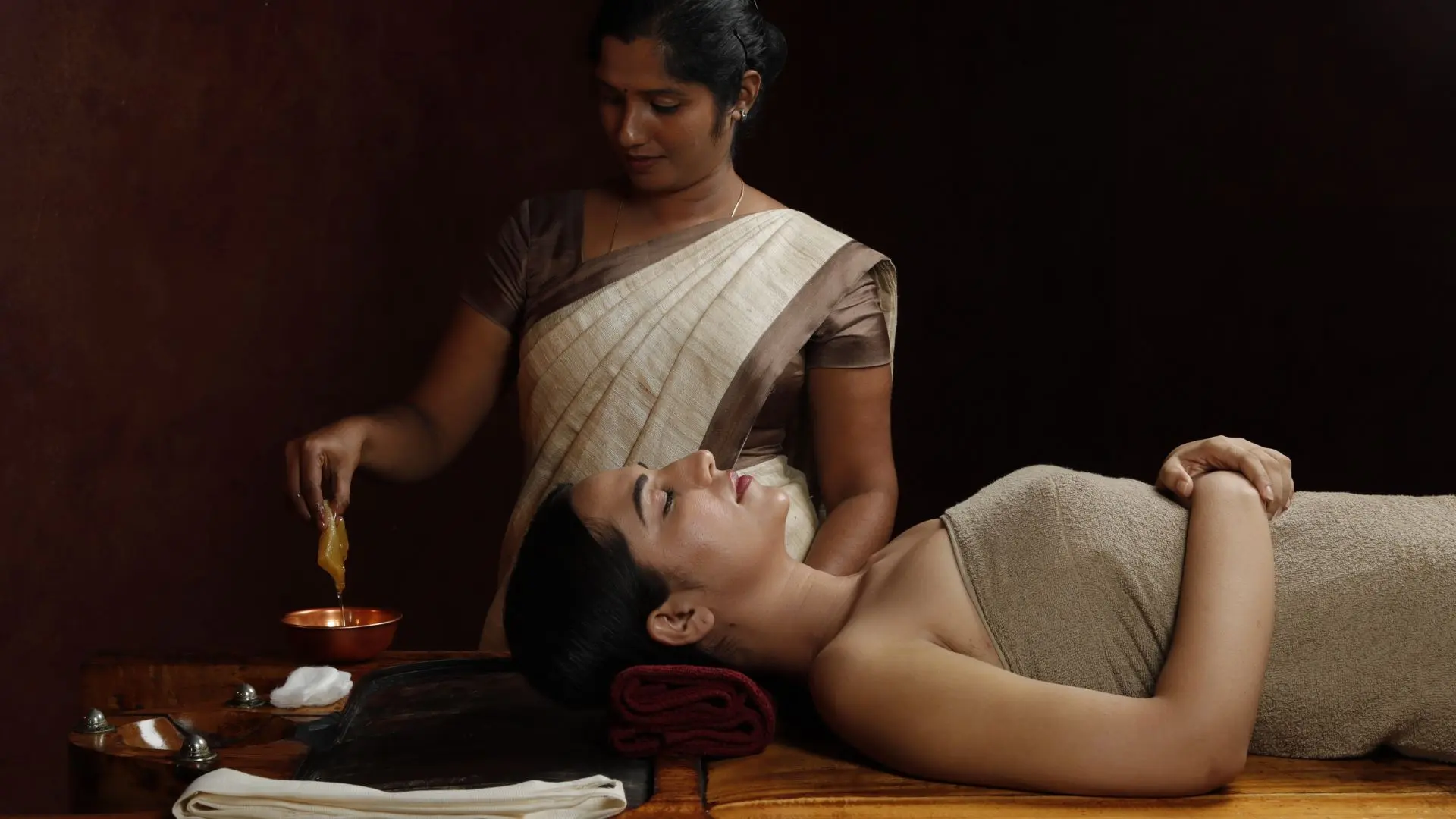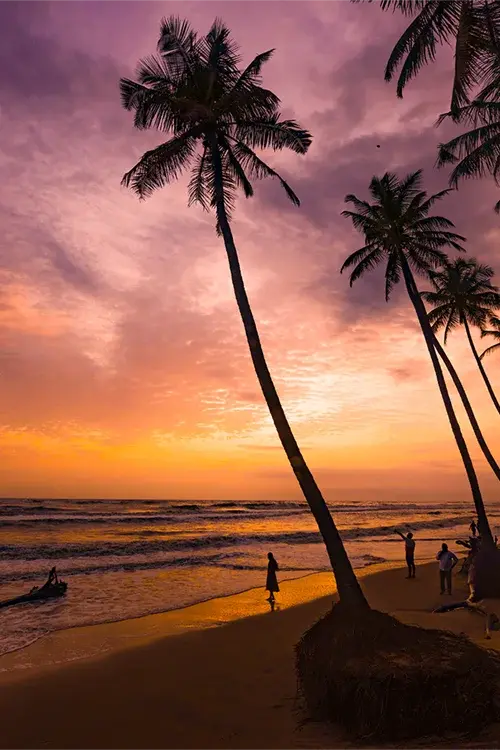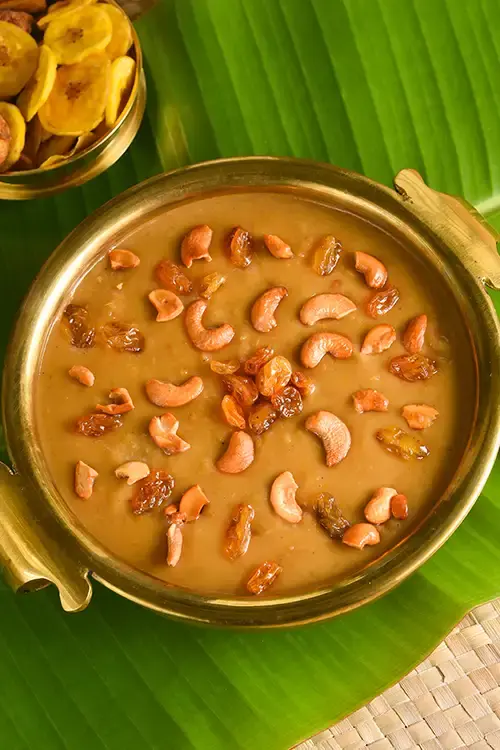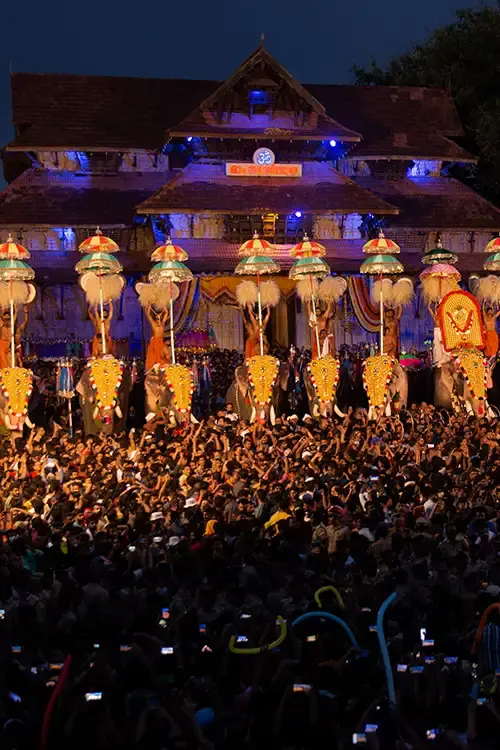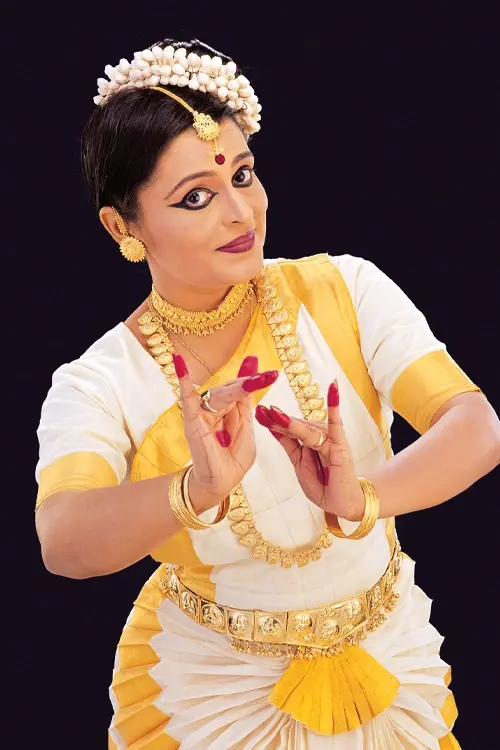FAQ
Does Kerala retain the Dutch influence?
The have Dutch left a significant mark on the history, architecture and culture of Kerala.
The Dutch East India Company (DEIC) arrived in Kerala mainly for the spice trade. It captured Kollam and Kochi from the Portuguese and forged alliances with local rulers like the King of Cochin, gaining significant influence over the region. Fort Kochi and the Dutch : The Dutch drastically revamped Fort Kochi, and built prominent structures like the Bastion Bungalow and Parade Ground as well as churches and cemeteries.
Mattancherry's Dutch Cemetery is a famous spot, well-liked by tourists. Hortus Indicus Malabaricus, a phenomenal work compiled by Dutch botanists documented the medicinal properties of Kerala plants, contributing significantly to scientific knowledge.
Bastion Bungalow in Fort Kochi embodies Kerala's rich colonial past. Built in 1667, it blends Dutch and Indian architectural styles seamlessly, offering a glimpse into the region's fascinating history.
The bungalow is a mix of European elements, like tiled roofs and wooden verandas, and the traditional architectural style of Kerala featuring sloping roofs and open courtyards. Built on the site of the Stromsburg Bastion, the bungalow's circular shape signifies the fort's defensive structure.
The first-floor veranda points to the typical Dutch architectural element, and offers stunning views of the surrounding areas. Today, the Bastion Bungalow serves as the official residence of the Sub Collector of Ernakulam district.
The Parade Ground is situated beside the Bastion Bungalow. Built by the Dutch in the 17th century, the Parade Ground served as a training ground for colonial troops. It now hosts various cultural events and festivals, including the Cochin-Muziris Biennale.
The Vasco da Gama Gate, built by the Dutch East India Company in 1749, stands as a gateway to the Parade Ground and a reminder of its colonial past.
